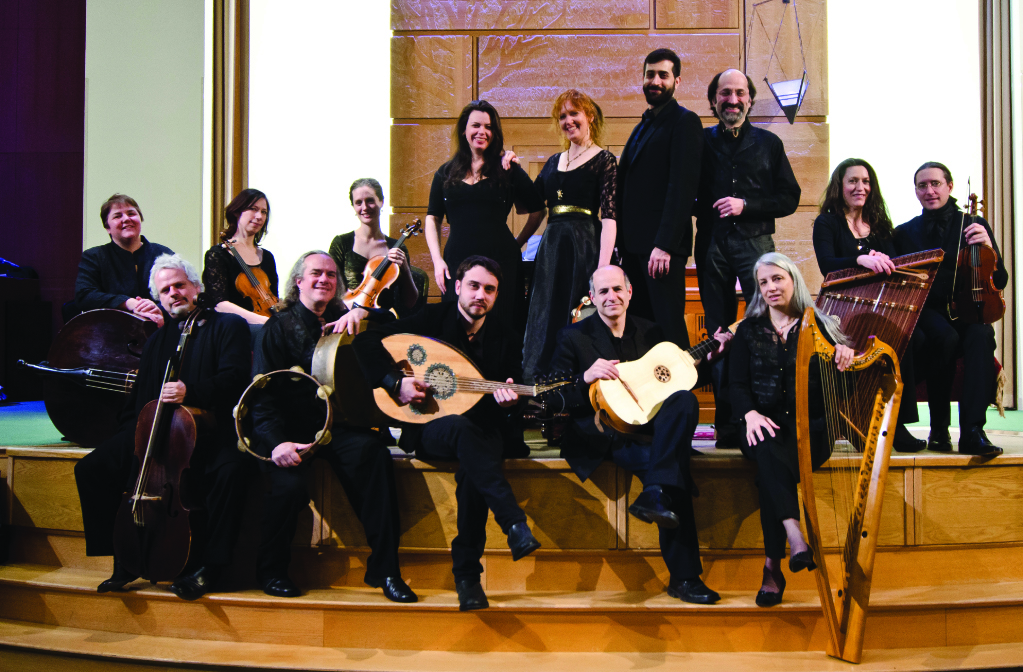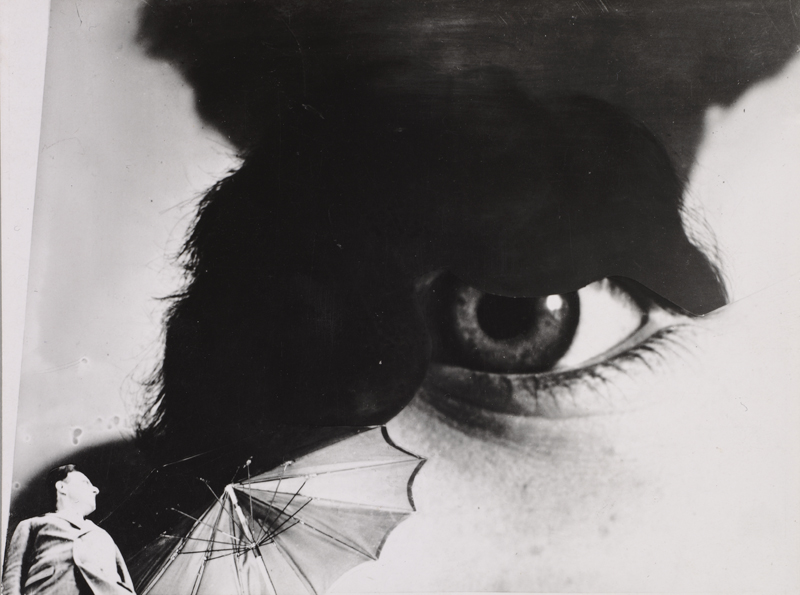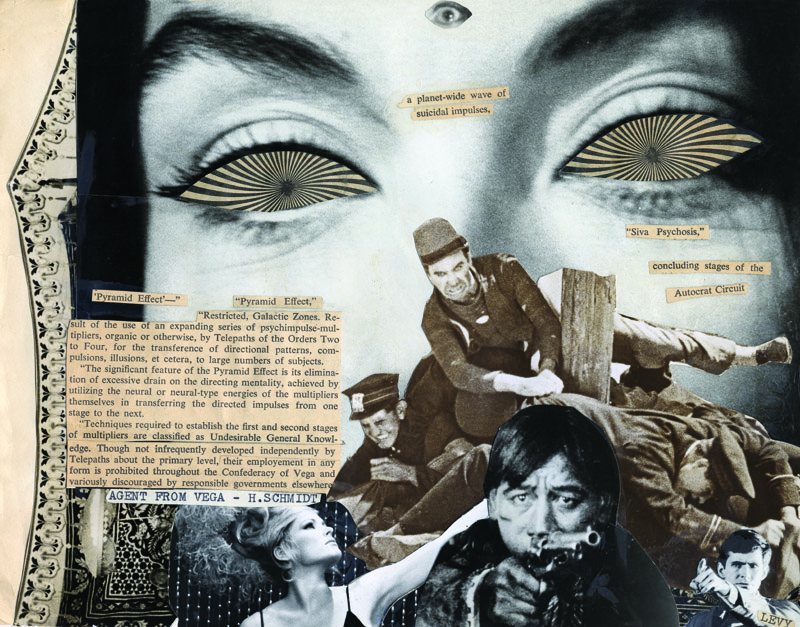Crafting clothing
By Jane Kaufman
For Margaret Sankey, the concept of designing and making a three-piece outfit over the course of a year from locally sourced materials – right down to the dyes – presented challenges she did not expect.
Sankey was one of 23 people in the first cohort of “One Year, One Outfit,” a project of the Rust Belt Fibershed, culminating in an exhibit by the same name at Praxis Fiber Workshop in the Waterloo Arts District in Cleveland.
“It’s kind of been this great marrying of my passions of fashion, clothes and plants and fiber and farming,” Sankey says.
Artists, farmers and novices gathered in bi-monthly virtual sessions on Zoom to compare notes and share information about their challenges and tricks in designing their outfits literally from seed, roots, flowers, fiber and hides, sometimes from their own gardens and farms. The cohort worked solo or in small groups to complete the projects, starting in October 2020, with the goal to finish in time for the exhibit hanging at Praxis Fiber Workshop from Nov. 5, 2021 through Jan. 14, 2022.

At first, Sankey, who lives on a small farm in Perry, thought she would make linen pants from locally grown flax.
When she tried working with flax, she decided to change her plan based on the time it took to spin and weave – settling on a dyed deerskin skirt sewn together with her own hand-spun flax, a hand-knit sweater and a leather necklace with a Grand River mussel as its pendant.
“I had to keep kind of shifting to (do) what’s possible in this time frame,” she recalls.
Sankey made her dyes from her own Hopi black dye sunflowers, dyer’s coreopsis, indigo, marigolds and with goldenrod she foraged.
She agonized over the deer hide.
“It took me so long to cut it because I was so afraid to make the first cut,” she says, adding that a friend recommended she sleep with the hide to gain an understanding for it and to align the spine of the hide with her own spine.
The concept for “One Year, One Outfit” was the brainchild of Sarah Pottle – who with her twin sister Jessalyn Boeke co-founded the Rust Belt Fibershed – and Connie Fu, former gallery director of Praxis Fiber Workshop.
The Rust Belt Fibershed, which is part of a network of fibersheds across the country, draws from a 250-mile radius outside of Cleveland and encompasses parts of Michigan, Indiana, Kentucky, Pennsylvania and New York state. Its mission is “to build a community that collaboratively supports locally grown textiles in a way that decrease consumption of fast fashion and works to restore the soil,” according to its website. “We aspire to connect everyone in all parts of our local fiber system: farmers, fiber processors – from large mills to home spinners, weavers, dyers and fiber artists – to designers, shop owners, consumers and fiber enthusiasts. Through this project, we hope to foster friendship, creativity and a greater respect for our environment, as well as an understanding of the impact we share in our corner of the world.”

Slow fashion
Fast or extractive fashion – cheaply manufactured clothing – has a heavy impact on both the environment and people through the use of poorly paid workers, Pottle says.
Although denim is made from cotton, it uses a synthetic dye that is toxic and pollutes not only the waterways where it is made but wherever it lands in a washing machine and fades, Pottle says, calling it “a pretty damaging industry.” In addition, synthetic fibers used in the garment industry can take centuries to decompose.
The fibershed movement, as well as the concept of slow fashion, of which “One Year, One Outfit” is an example, is partly inspired as a response to the impact of the textiles industry.
“And really, I think for me, it’s a lot more about the mentality of just consuming and then throwing away and consuming and throwing away,” Pottle says. “Slow fashion is the absolute opposite of that, where you’re thinking of the origin story of where your clothing comes from, and you’re taking care to create or to keep it well, and to keep it nicely. So I think it really pivots on that idea of care.”

“One Year, One Outfit” challenged farmers, artists and others who were new to textiles to literally try their hand at everything – from processing, combing, spinning and creating dyes from plants, to tanning leather, weaving, sewing, crocheting and knitting these materials to create a three-piece outfit over a year.
Pottle said the concept percolated after she learned about a challenge that the Fibershed movement founder – the overarching group based in San Geronimo, Calif. – created for herself in 2012. Rebecca Burgess decided to wear only clothing that was locally sourced for a year.
“And so that got us thinking about just taking the opportunity to take one year to make clothing that is sourced within our region,” Pottle says, adding that it dovetailed well with Rust Belt Fibershed’s initiative to assess its alpaca and flax initiatives.
Beginning phases
Fu suggested pulling together those interested in the project into a cohort and encouraging people to work in groups if they wanted to.
“Unfortunately because of the pandemic, meeting in person was kind of out of the picture,” Pottle says.
The Zoom sessions included breakout rooms with a focus on particular topics, such as tanning or sewing or dying.
“And that was a really important thing, not just because we wanted to keep people in the project, but really because the project is more than just creating an outfit, you know?” Pottle says. “It’s also creating, building momentum around an idea of creating, not just consuming and thinking about a regional fibershed and thinking about where things come from and our materials.”
Pottle, who lives in Granger Township in Medina County, in an 1830s farmhouse that uses regenerative farming practices, says she thought the concept would interest perhaps 10 people. About 120 people from Northeast Ohio, Pennsylvania, southern Ohio, Michigan, Indiana and New York state participated in two initial informational calls. About 50 people signed on to the challenge, and 23 stayed through the duration.
Sankey says meetings with the cohort were helpful in terms of developing community and in the learning opportunities they provided.
“I loved getting that knowledge,” she says. “It’s hard to look up YouTube and look up things – like just having a person (from whom to learn skills). … You could choose to work with a group. So I chose to be overzealous and work by myself.”

Janette Knowles, program chair of art and design at Ohio Dominican University in Columbus, was also in the cohort. She worked with sustainable fashion designer Celeste Malvar-Stewart, also of Columbus, to create a tunic to be worn in the garden and a series of foraging bags to go with it.
Malvar-Stewart knows the sources of her fiber, animals on family farms, by name. She felted the tunic from alpaca, while Knowles wove and sewed the foraging bags dyed from hollyhocks and black irises from her own garden. The bags are fashioned after foraging bags used in Scandinavia, England and Japan, with designs that are geometric, inspired by the Bauhaus design movement.
“When I was approached about this project, it was completely my jam,” Knowles says of her initial enthusiasm, explaining that she grew up on a four-generation farm in Granger Township that uses sustainable practices. In fact, her sister, who runs that farm now in its fifth generation, allowed her to devote one half acre to grow Hopi black dye sunflowers for the project.
Knowles did extensive research on traditional techniques, learning that stone tools were used to process stinging nettle, a perennial flowering plant. Among her grandfather’s arrowhead collection, she found a stone tool that she used to strip the cellulose from the fiber of nettle.
“I really started this project with as much historic accuracy as possible,” she says. “It was the hardest thing I’ve ever done. But I’m thrilled that I did it.”

Continuing the effort
Two of Knowles’ students were inspired by her involvement in the project to do related independent studies using naturally dyed wool that they processed and are weaving.
“It’s weird that kind of my work is done for this ‘One Year, One Outfit’ project, but it’s going to live on for another year in the work of my students,” Knowles says.
Like Sankey, though, she found the project perhaps more challenging than she had anticipated.
“Processing nettle was the worst thing in my life, and I’ll never do it again,” she says, adding that her arms became chapped from working with madder root, one of North America’s oldest sources of dye, which is used to make a color called turkey red as well as the crimson of the British redcoat.
Jessica Pinsky is founder and executive director of Praxis Fiber Workshop, which has outdoor gardens of indigo that the workshop uses to creates traditional indigo dye. It also houses a roomful of looms in 5,000 square feet, as well as a gallery with 2,000 square feet at the front of a former furniture store.
Pinsky is a weaver and a full-time lecturer in the Cleveland Institute of Art’s Sculpture + Expanded Media Department. Her awareness of the garment industry’s impact on the environment informs her focus – and the exhibit “One Year, One Outfit” dovetails well with the workshop.
“It fits very nicely into our mission, which to me is to educate under the full umbrella of all things textiles,” Pinsky says. “And so, what that means to me is everything from the seed all the way to the most sophisticated technological equipment.”
Pottle says she was surprised by the diversity of the creations made for the exhibition. Only meeting virtually, she says, made it more difficult for her to connect with the artists and to provide motivation to stay in, as aspects of the project presented difficulty to all of the participants. However, some who dropped out planned to finish their projects – just not within the one-year time frame, Pottle says.
Meantime, she’s planning for a second cohort of “One Year, One Outfit,” which will start in January 2022, to be able to plan ahead of the growing season. That cohort will have two in-person meetings, in addition to the virtual meetings.
And the “One Year, One Outfit” concept has taken off, with three other regional fibersheds contacting Pottle for details about the Rust Belt project.
Pottle says it was difficult for her to be solely in the role of facilitator for the past year, rather than creating an outfit.
“But this year, I’m definitely going to make myself an outfit,” she says.
‘One Year, One Outfit’ participants
Aaron Jacobson, Katy Kvassay, Olivia Vanistendael, Erin Carlson, Alexa Vicario, Rebecca Cross, Celeste Malvar-Stewart, Janette Knowles, ebbie Christensen, Janel Franks, Katie Lunemann, Erika Frondorf, Anissa Pulcheon, Katie Allen, Lindsey James, Kerie Johannes, Jasmine Kornel, Charity Thomas, Sarah Silk, Kirste Carlson, Margaret Sankey, Kate Hodges, Brittany Dobish
On view
“One Year, One Outfit” group exhibition is on view through Jan. 14, 2022 at Praxis Fiber Workshop, 15301 Waterloo Road, Cleveland. The workshop is open from noon to 4 p.m. Wednesdays and Sundays.










